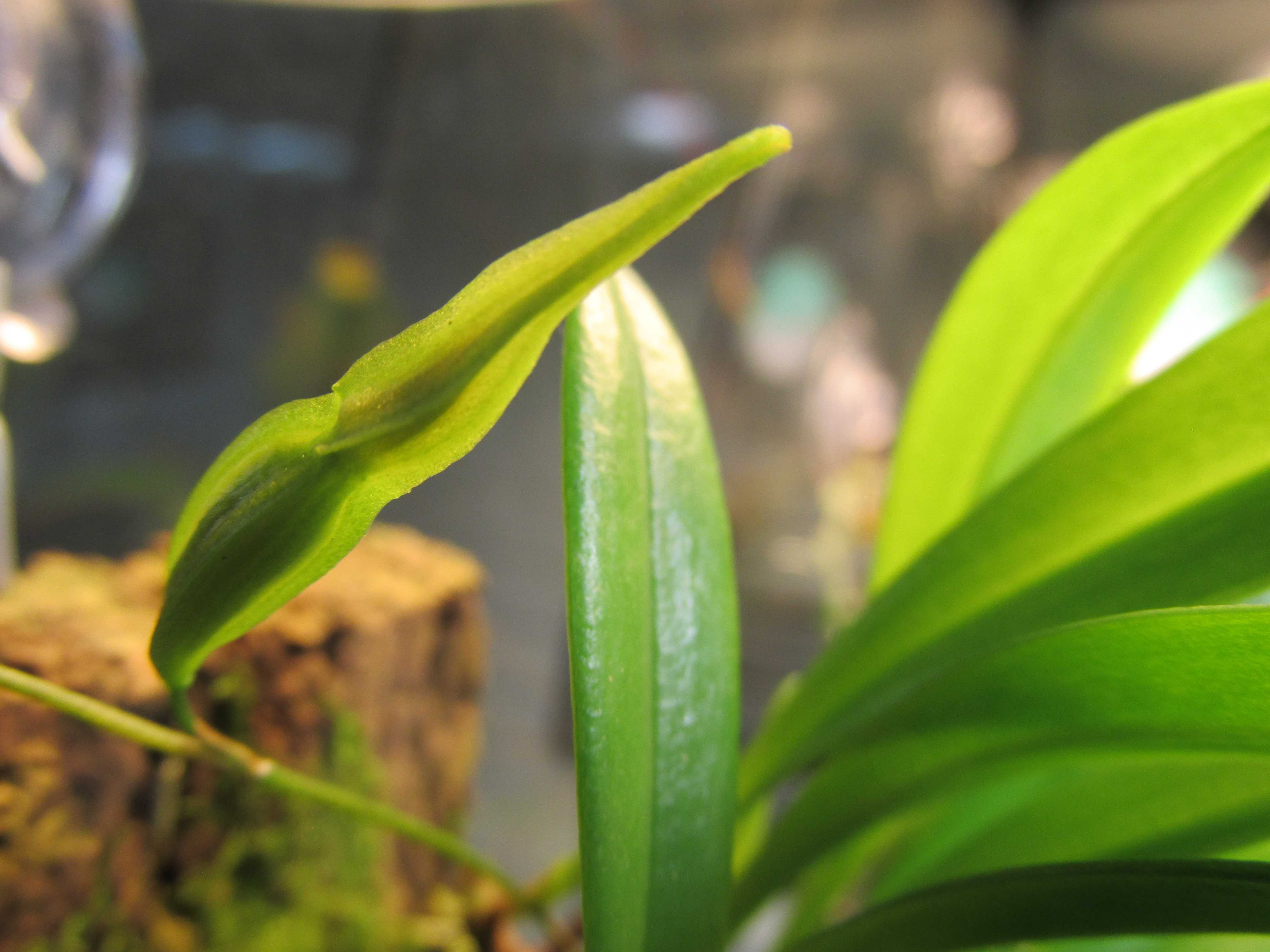Chicago Chad
Well-Known Member
- Joined
- Apr 23, 2013
- Messages
- 1,173
- Reaction score
- 0
Will a plant that produces cleistogamous buds, ever develop a normal flower? I have one in my collection and I'm about threw with it. I found some articles on the subject, but nothing orchid specific.










































